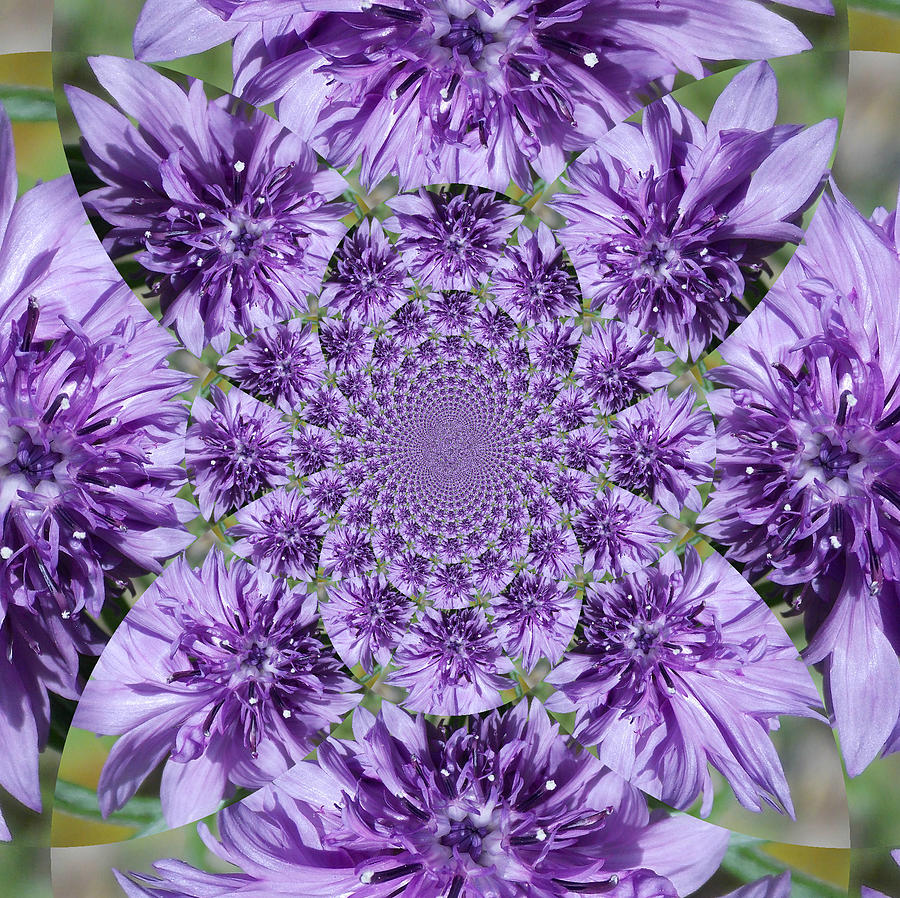

PURPLR KALEIDOSCOPE IMAGE HOW TO
How to plant passion flowerįor outdoor growing, choose a sheltered warm wall, ideally in a south or west-facing position.

Alternatively, for more subtle exotica, ‘Constance Eliott’ has gorgeous white and cream flowers with a green centre, and ‘Snow Queen’ is similar, but capable of much larger blooms and hardier. Which passion flower to growįor even more colour, ‘Rubra’ is red magenta with a white necklace of filaments ‘La Morellina’ boasts pink-violet petals and blue filaments and ‘Betty Myles Young’ is an amethyst flower with a black, white, and blue heart. In India, the blue species are known as Krishna’s flower, since the mesmerising purple-blue hue of the filaments is the colour of the Hindu god. quadrangularis underwater, you could mistake it for a jellyfish. actinia is known as the sea anemone passion flower, and, if you saw P. Some species have such long filaments above their petals that they resemble marine life: P. The Japanese and Greek name for Passiflora – clock plant – is a lot more obvious, since the blooms do look like clock faces. At first glance, it seems rather a long stretch, but the filaments are supposed to represent the crown of thorns, the ovary is the holy grail, the ten petals are the apostles (minus Judas and Peter), the stigmas are the nails on the cross, the stamens are the five wounds, and the tendrils are the whips used on Jesus. Spanish missionaries in South America during the 15 th and 16 th centuries regarded the flower structure as a symbol of the passion of Christ. The name is said to relate to the crucifixion, since passion stems from the Latin passio, meaning suffering. Being tricky to cultivate outdoors, they fell out of favour, but have enjoyed a surge in popularity in recent years, as gardeners look for exotic plants to create jungle-style borders. Passiflora were introduced to Europe in the eighteenth century and became popular with the Victorians, who grew hybrids of them in gardens and hothouses. Passion flowers are pollinated by a range of wildlife, including bees, bats, and hummingbirds, and have a fascinating symbiotic relationship with ants, who feed on the plants and protect them from predators. Passiflora edulis is the most edible and widely cultivated for its fruit juice, while the foliage, roots, and fruit of some species are used in herbal and folk medicine as a sedative or to induce hypnotic euphoria. The genus comprises around 600 species, which bloom in shades of purple, blue, yellow, red, or white and produce fruits. It is a rampant evergreen that uses tendrils to either climb or scramble along the ground or through thickets. This peacock of flowers hails mainly from the Neotropical realm of Central and South America, where it grows in mountainous terrain and rainforest.


 0 kommentar(er)
0 kommentar(er)
